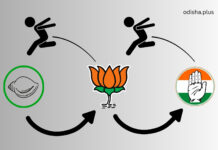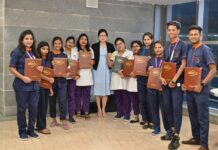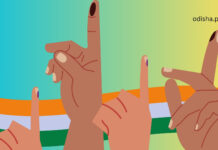Fakira Mohan Nahak
THE TELEVISION NEWS INDUSTRY IN ODISHA HAS GONE THROUGH A PROGRESSIVE JOURNEY IN THE PAST TWO DECADES. IN THIS SERIES DR. FAKIRA MOHAN NAHAK PRESENTS THE MEDIA HISTORY BLENDED WITH HIS CLOSE OBSERVATION ON THE FAST-CHANGING INDUSTRY.
Whenever given a chance, people on different platforms say that media is the fourth pillar of democracy. In fact, it is neither officially documented anywhere nor any legislation has been passed in this regard. There is no mention of any article regarding this in the constitution either. It hardly matters if the media is the fourth pillar of democracy or not, but there is no doubt that the media is the WatchDog or the gatekeeper of democracy. The media keeps an eye on everything that happens in society and the nation in large. Irrespective of any bouquets or brickbats, encouragement or obstacles, the media has been doing its job.
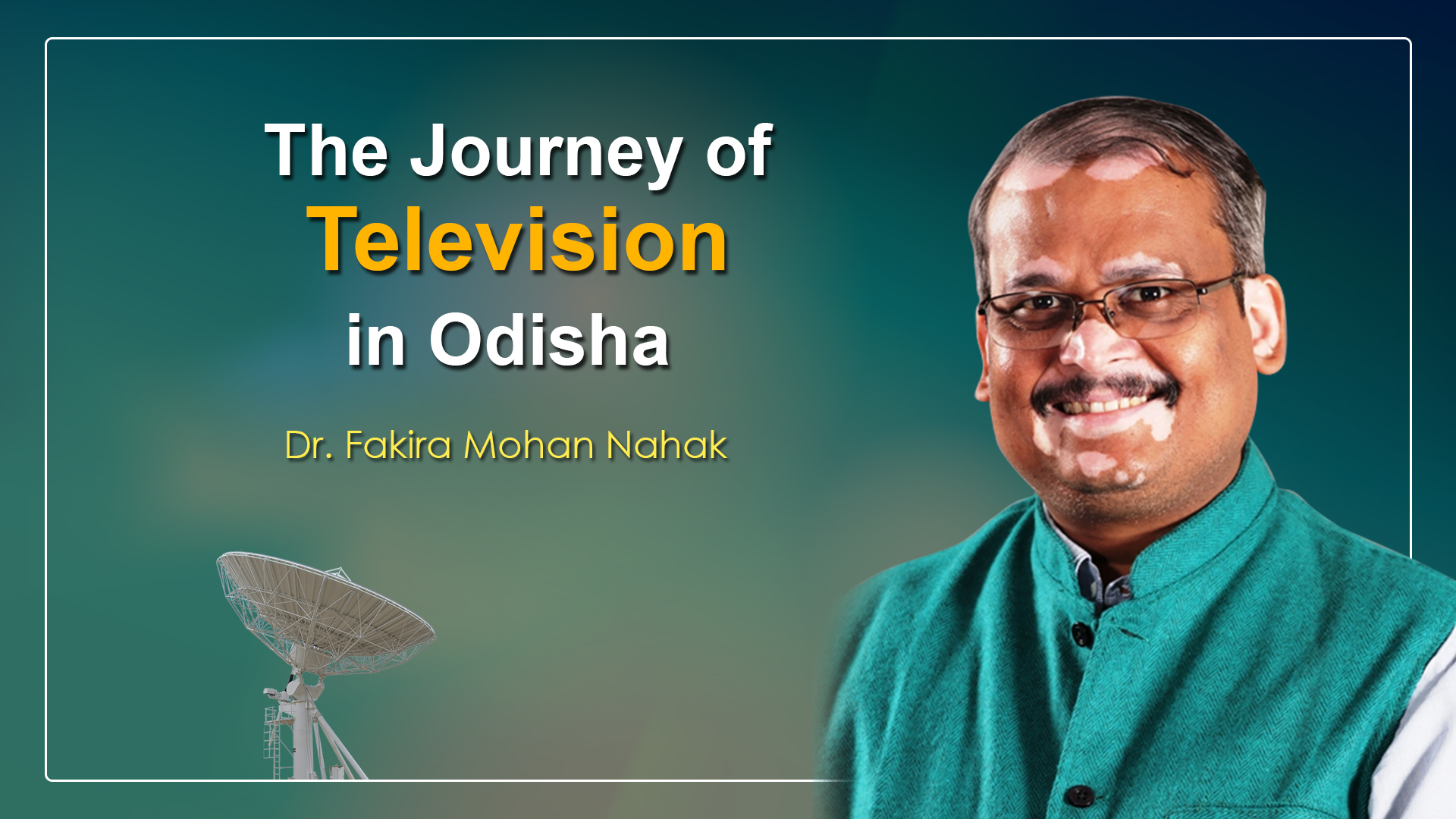
Democracy without the media will be completely disastrous. Media can build a nation and at the same time can ruin it too by misusing its power and ability. It plays a positive role in building a balanced society. Journalism with ethics and responsibility helps in connecting everyone in the society, establishing unity in diversity, and maintaining national integration. One can better feel and understand the need of ethical and responsible journalism in building a society based on values, only by working in the media continuously and impartially. Being part of the ETV network for more than a decade, the author would love to share few examples of responsible journalism that were exhibited by the channels of the network.
On January 27, 2002, one of the six regional television channels that started broadcasting along with ETV Oriya was ETV Gujarati. One of the benefits of working on a national level network is that all other channels can access news about what is happening in any other state. Just one month after the channel began airing, on February 27, 2002, the country’s one of the most heinous incident of the Godhra train carnage happened. The train was stopped near Godhra station after a brief altercation with Karsevakson the Sabarmati Express returning from Ayodhya. After that the passengers were attacked and two coaches of the train were set on fire. Not only this, the coaches were locked from outside to make sure that no one could come out.

This horrendous incident that happened around 7.30 am led to killing of at least 58 people, including women and children. Such a tragic incident was rare in post-independence India. The consequences were devastating. The news spread like wildfire which led to a prolonged communal violence. Fire never burns selectively.That’s what happened. Communal riots spread to one city after another in Gujarat. There was loss of life and property from all the involved communities.
At that point, there were only few leading channels in the country such as Zee Media, Star News, and AajTak. However they did not have representatives at the district and block levels apart from the state capitals. Being far from the state capital, it was not easy for the leading channels to immediately send their correspondents to the place of incidence and report from ground zero. On the other hand, the regional channel ETV Gujarati, which started broadcasting just a month ago, had reporters in every district of Gujarat. So there was no problem with the network in getting the first visuals from the place of riot.

Gradually the news desk got flooded with hour long visuals of communal riots in different parts of the state. Even though the channel and overall network had hour long visuals, the coverage of the communal riot was only limited to one or two minutes of air time. Reverse was the case for the national media. Even if they had only two to three minutes of raw visual, they covered the incident as half an hour bulletin by showing the short visuals in loop. The obvious question that may come to the mind is why ETV didn’t broadcast so much about the riots and the violence at that time even after having more than enough raw visuals. The answer remains plain and simple: responsible journalism.
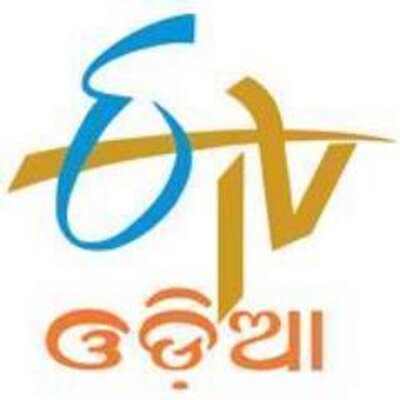
Senior journalist SR Ramanujam was the news head of the ETV network at that time. Meetings were held daily with news heads of all channels on news gathering and management. After the incident in Gujarat, he immediately met with the entire editorial team. On that day it was really felt what responsible media and responsible journalism is all about. As the national media did not get enough visuals about the Gujarat riots, the coverage of all those channels did not have the much impact across India. If all other channels of ETV network, including ETV Gujarati at the time, conveyed the visuals to the public, the risk of spreading the communal violence to different states of the country could not have been avoided. In addition to that the slightest mistake or misrepresentation was enough to set fire in different parts of the country.

Therefore, it was only in the interest of society, such sensitive incident was shown to the public as minor as possible by the network. All the scenes of Gujarat violence that we captured while working at the news desk are still fresh in the memory. There is also self-satisfaction that ETV’s responsible journalism has succeeded in restricting such a catastrophic incident to Gujarat alone. But when any caste, creed, community or religion based violence in any part of the country is exaggeratedly presented by the present day media to the viewers, the mind genuinely questions the media and its lack of sensibility and responsibility.

Following the incident, SR Ramanujam also encouraged similar self-control and restraint during the coverage of Afghanistan war in 2003 and later in the Iraq war. He used to first verify the news feeds or reports that used to come to Siddhartha Sarkar, the then head of ETV Bangla from the International News Agencies like Reuters, CNN and APTN and discuss with members of each news desk and provide instructions on how to report on the war. Everyone at home watches television. There might be many among them with a faint heart. So the news team in each channel was extra cautious in deciding what information and visuals related to war should be presented to the viewers. ETV has created a special place in the hearts of the people for this sense of responsibility.

All the channels of the network continued the trend of practising responsible and ethical journalism of highest standard that was started in 2002. ETV Oriya followed the similar practices and maintained self-restraint in covering the communal violence of Kandhamalin 2008. That incident was a dark spot in the peace loving image of the state. When the communal violence broke out in Kandhamal, Amulyaratna Sahu from Rayagada, Rangadhar Panda from Berhampur and Umakant Mishra from Bhubaneswar, including the Phulbani reporter Sadashiv Patra, were in charge of reporting the incident. All of these reporters were reporting from ground zero with full of self-control and diligently followed all the instructions and guidelines from the News Desk. ETV had taken all the precautionary measures to ensure that the fire of hatred does not spread to other parts of the district or the state.
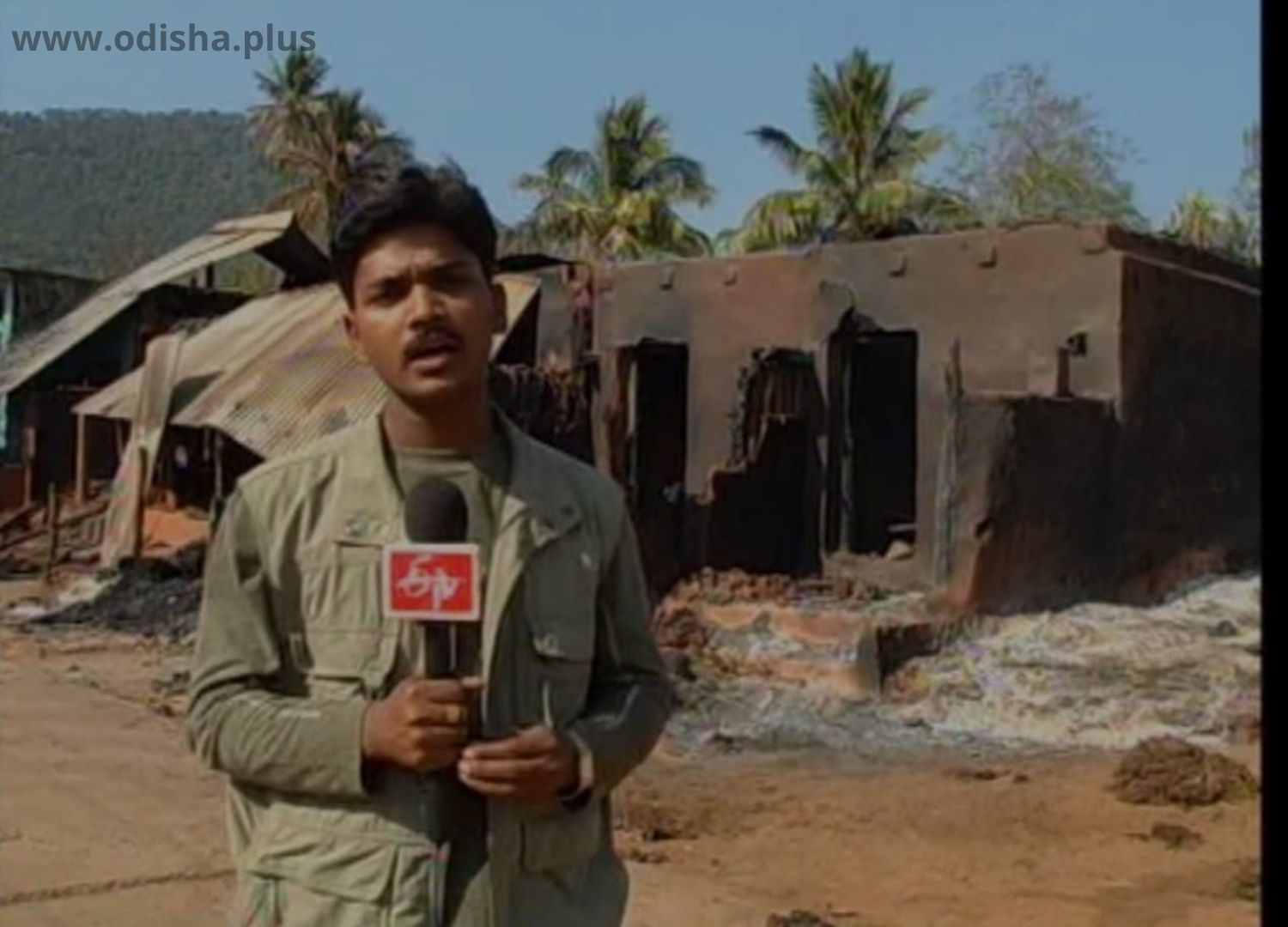
“Everything is fair in love and war and staying ahead of your competitors in the TRP race” has been the driving principle of most of the media houses of the country in the recent years. Every channel loves a big breaking and an exclusive story. Exaggeration and sensationalizing have become a part and parcel of the news channels. Being the fourth pillar of the state, let’s be sensible and responsible. A mob or violence may give us fodder to get us good TRPs but our lack of sensibility and farsightedness may hamper the life of the common public, disrupt the social fabric and affect the cooperative coexistence. Let’s get excited, but not agitated. Let’s be sensible.
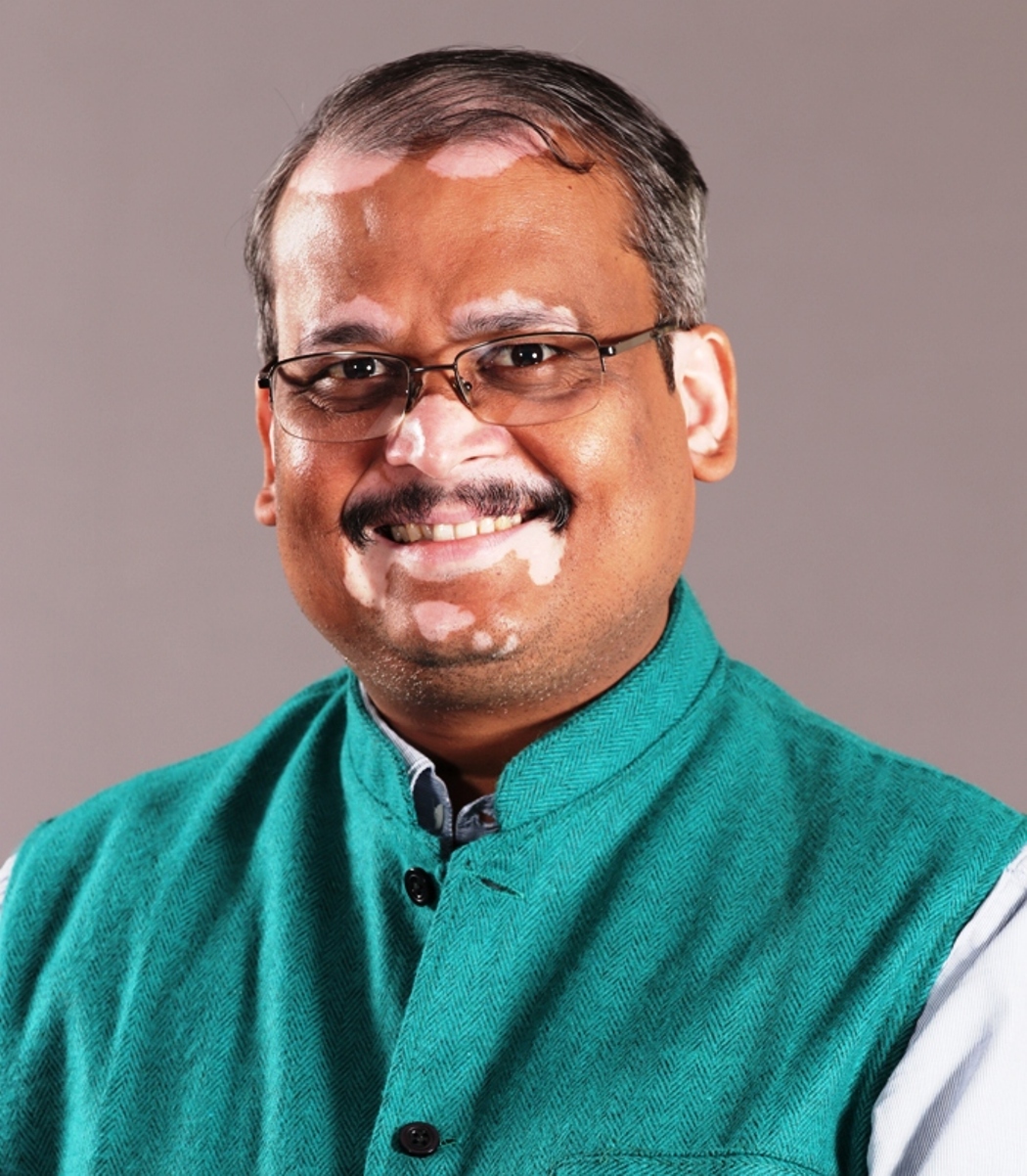
(Dr. Fakira Mohan Nahak is a writer and former media professional. He is currently working as the Head of the Department of University Institute of Media Studies, Chandigarh University at Mohali, Punjab. Views are Personal)
#Odisha #TelevisionJourney #ETVOdia #Odiatelevision #DrFakirMohanNahak #Television #CommunalViolence #ConflictReporting #HistoryOfOdiaTelevision #MediaStudies #Kandhamal #CommunalRiot #KandhamalRiot #TelevisionNews #TVNews





